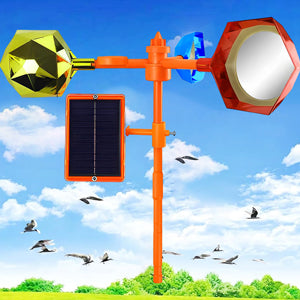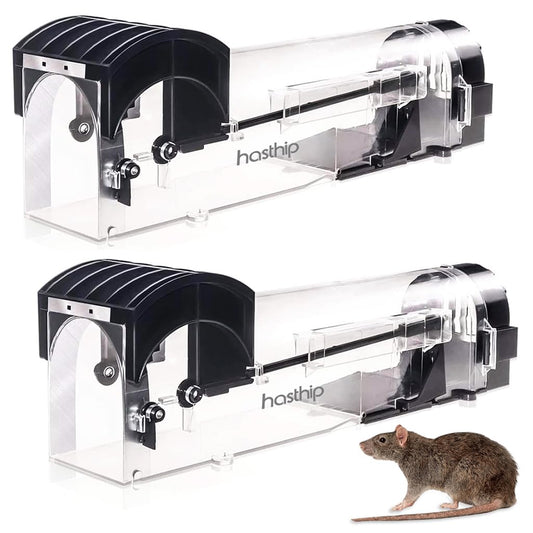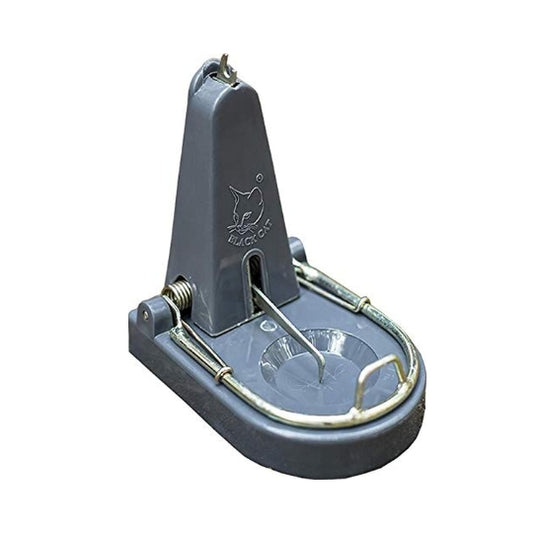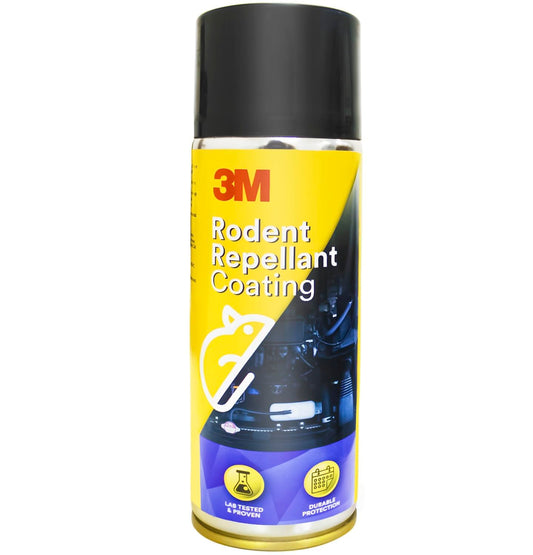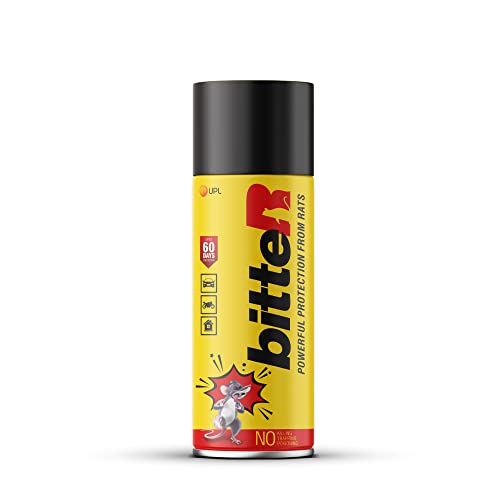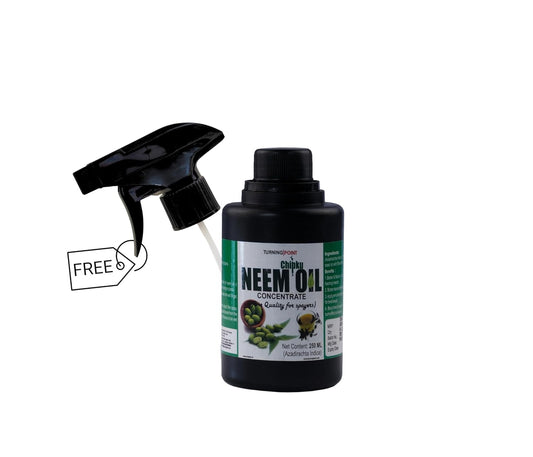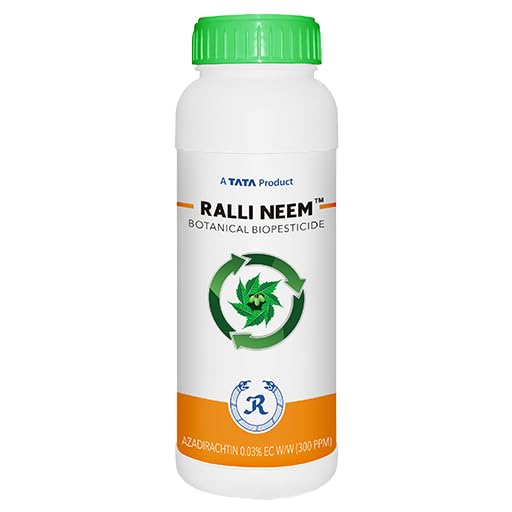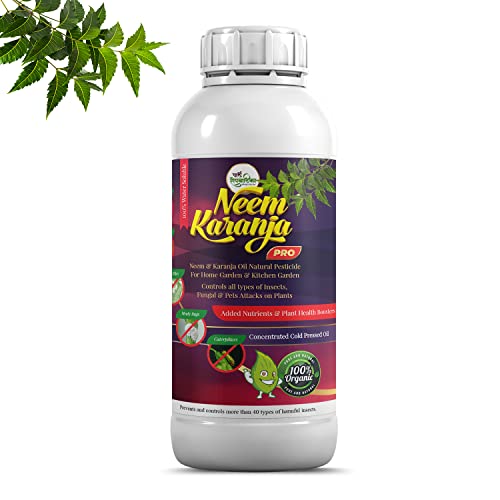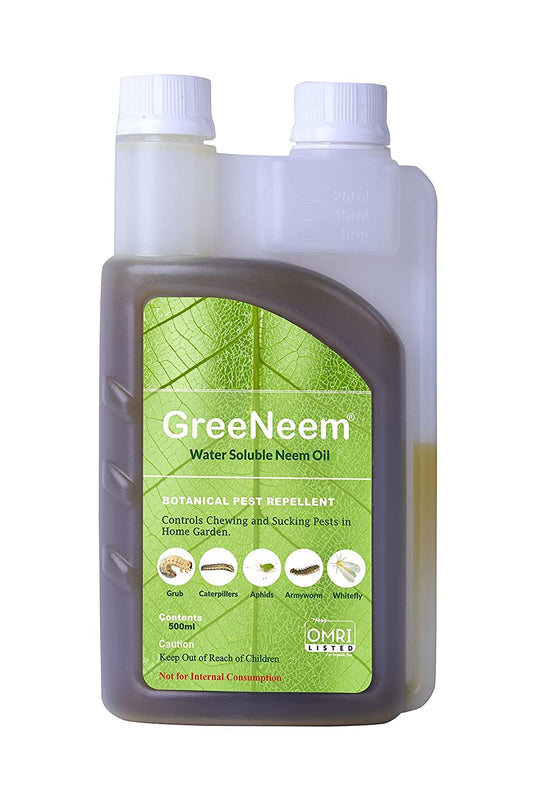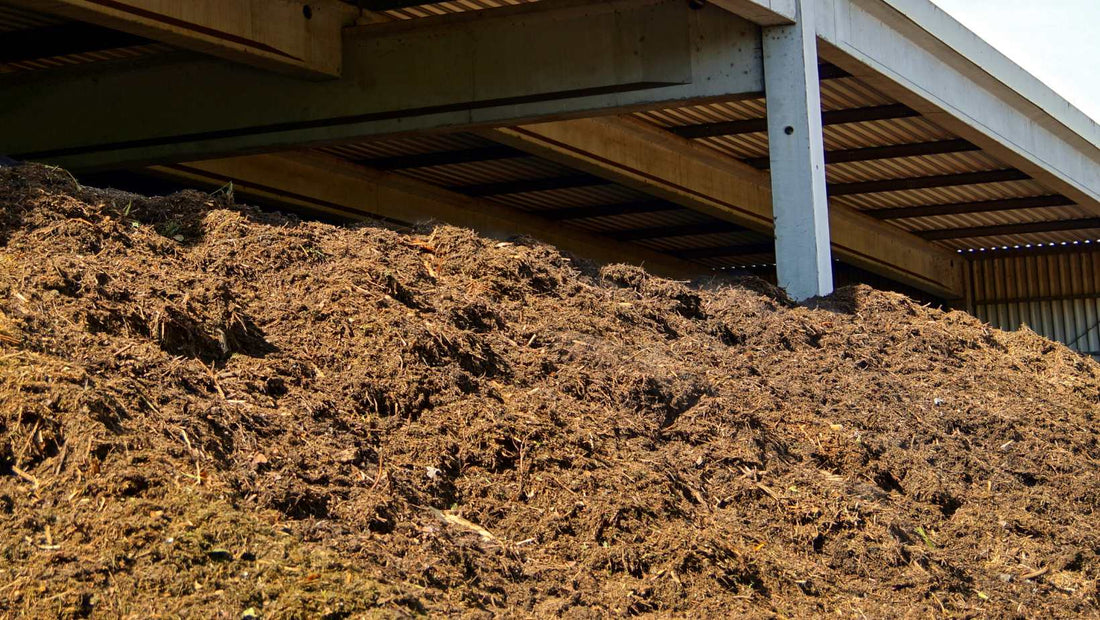
Transforming Cow Dung into "Organic Gold"
Share
Gobar composting is a process of converting cow dung into organic manure. It is a natural and sustainable way to improve soil health and fertility. There are a number of different gobar composting methods, each with its own advantages and disadvantages.
Methods of gobar composting
The following are some of the most common gobar composting methods:
- Pits: Composting in pits is a simple and traditional method. A pit is dug in the ground and cow dung is layered with other materials, such as straw, leaves, and soil. The pit is then covered with a layer of soil or straw to retain moisture and heat. The compost is turned regularly to ensure even decomposition.
- Windrows: Windrows are long piles of cow dung and other materials that are stacked in the open air. Windrows are turned regularly to ensure even decomposition and aeration.
- Bins: Composting bins are enclosed containers that are used to compost cow dung and other materials. Bins can be made of wood, plastic, or metal. Bins are typically turned less frequently than pits or windrows, but they require more initial investment.
- Vermicomposting: Vermicomposting is a method of composting using earthworms. Earthworms break down cow dung and other materials into nutrient-rich compost. Vermicomposting can be done in bins or in the ground.
Advantages and disadvantages of each method
The following table summarizes the advantages and disadvantages of each gobar composting method:
| Method | Advantages | Disadvantages |
|---|---|---|
| Pits | Simple and traditional | Can be labor-intensive |
| Windrows | Easy to turn | Can be messy and unsightly |
| Bins | Neat and tidy | Can be expensive |
| Vermicomposting | Produces high-quality compost | Can be slow |
Care should be taken
Regardless of the method used, it is important to take certain precautions when composting cow dung. The following are some tips:
- Make sure that the cow dung is fresh. Old cow dung may contain harmful bacteria.
- Avoid using cow dung from animals that are being treated with antibiotics or other medications.
- Mix the cow dung with other materials, such as straw, leaves, and soil. This will help to create a balanced compost mix and prevent the compost from becoming too wet.
- Turn the compost regularly to ensure even decomposition and aeration.
- Water the compost regularly to keep it moist but not soggy.
- Monitor the compost for signs of pests or diseases. If you see any problems, take steps to control them immediately.
- Do not use the compost until it is fully decomposed. This can take several months, depending on the method used.
How to keep infrastructure cost minimum
The cost of infrastructure for gobar composting can be kept to a minimum by using existing resources and materials. For example, pits and windrows can be created using existing land on the farm. Bins can be made from recycled materials or from locally available materials, such as wood or bamboo.
How to amend the precomposting mix
The precomposting mix can be amended by adding other materials, such as straw, leaves, and soil. These materials will help to create a balanced compost mix and prevent the compost from becoming too wet.
How to amend compost after composting is over
After composting is over, the compost can be amended by adding other materials, such as nitrogen-rich materials, such as blood meal or feather meal, or phosphorus-rich materials, such as bonemeal or rock phosphate. These materials will help to increase the nutrient content of the compost.
Here are some additional tips for gobar composting:
- Shred or chop large pieces of cow dung to help speed up decomposition.
- Avoid adding meat, dairy, or oily products to the compost pile, as these materials can attract pests and diseases.
- If you are composting in a cold climate, cover the compost pile with a tarp or other insulator to keep it warm.
- Be patient! Composting can take several months, depending on the method used.
Once the compost is fully decomposed, it can be used to fertilize crops, improve soil health, and suppress weeds.


